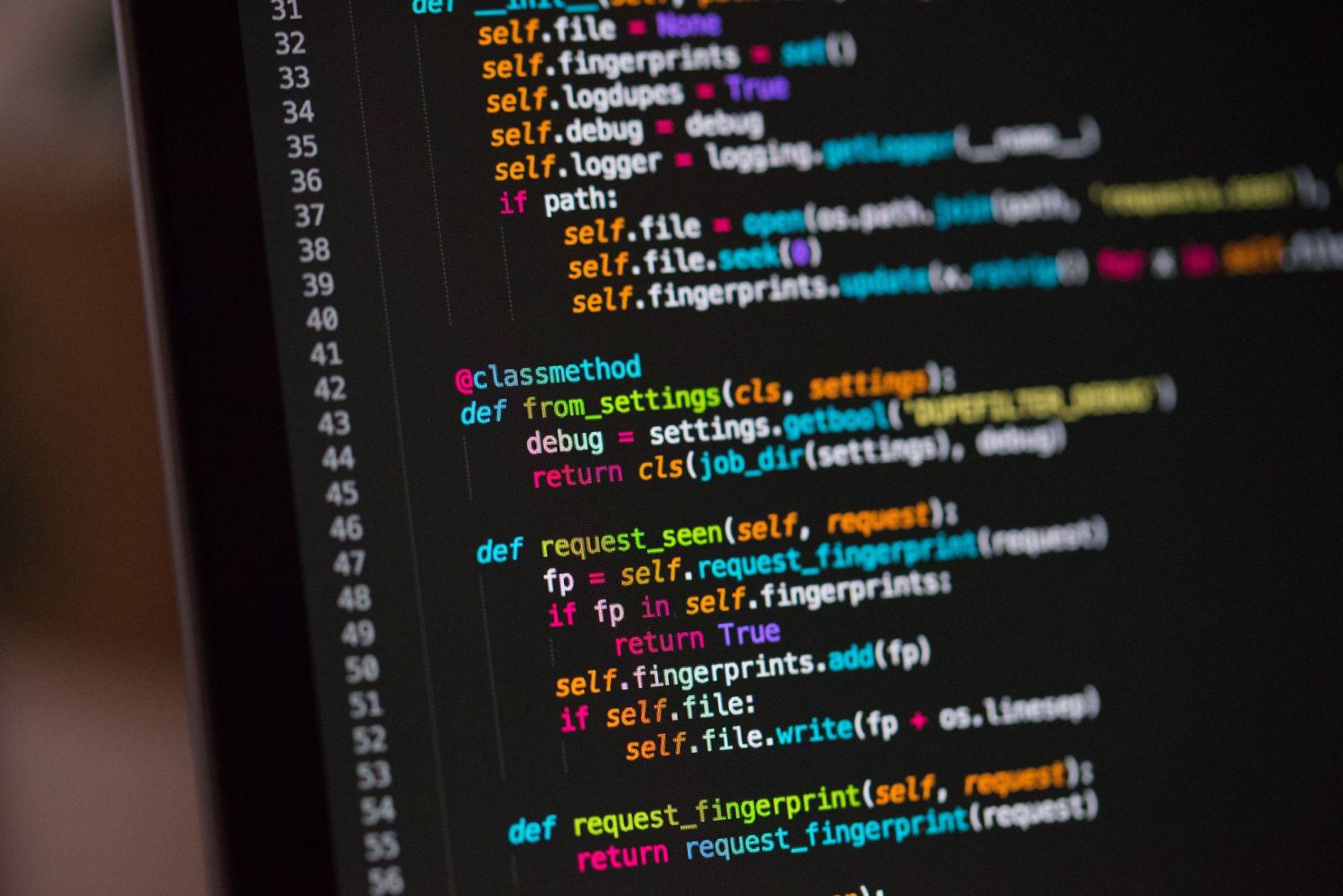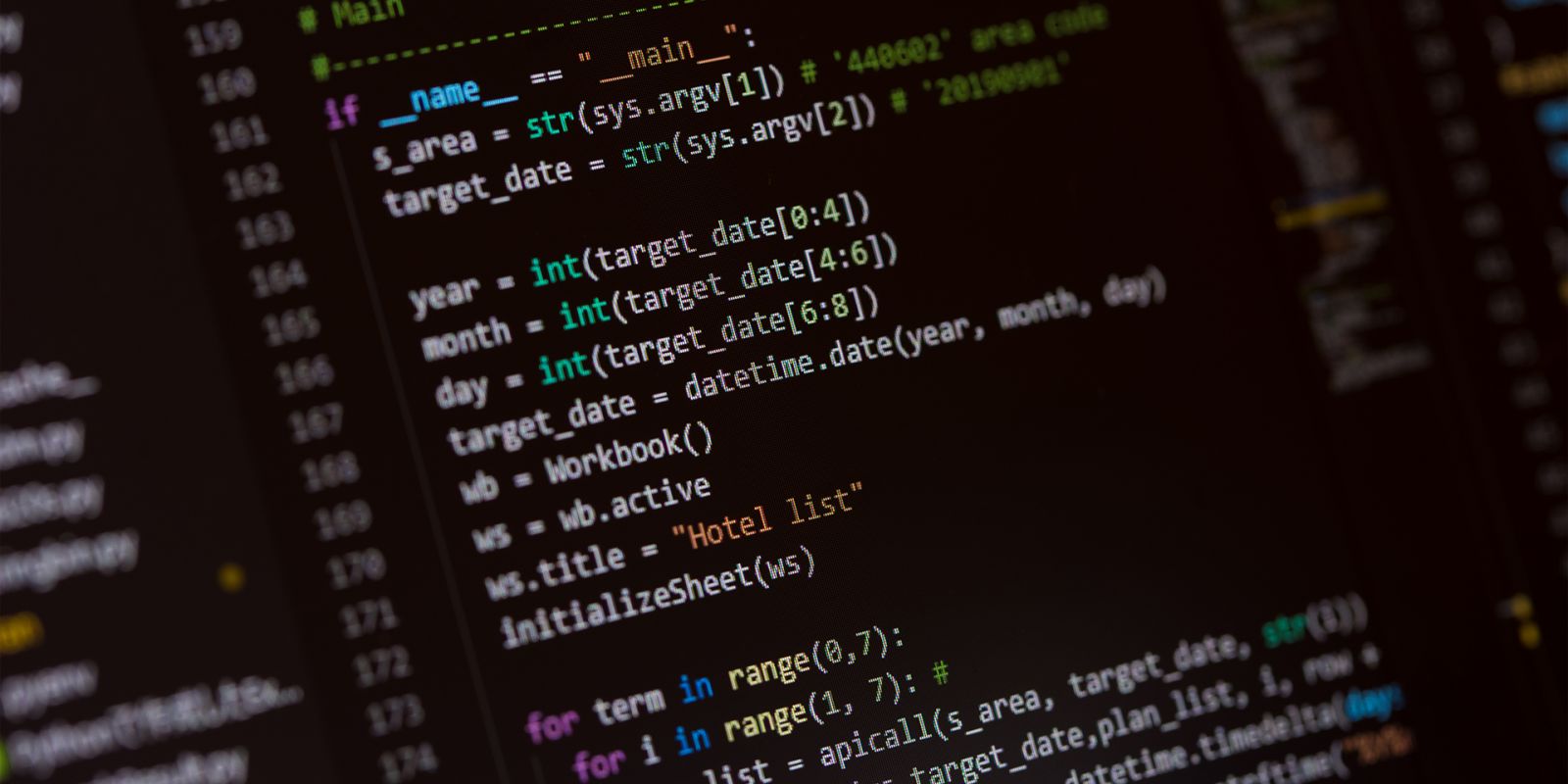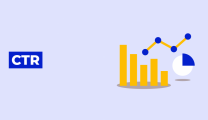Python is a programming language created by the mathematician Guido Van Rossum and officially unveiled in 1991.
It is an open-source technology, with an immense community of developers. It is capable of being multi-paradigmatic, that is, functional, structured, or object-oriented. That is why it is considered a universal language.
Its versatility is a consequence of two main facts: the first is that it is multi-platform, that is, it works well in several ecosystems.
The second is that this programming pattern involves an immense library with different functions, classifications, and standards that could be used for different purposes. We will see, later on, what exactly the language applications are.
However, it is not only a technology for writing code, but it also carries a development philosophy — which, in a way, explains its success.
This idea concentrates on some principles, such as the preference for simplicity, the focus on code readability, clarity, and practicality.
Those concepts were compiled in the so-called Zen of Python, a set of notions and good practices used in programming.
This list was created by Tim Peters, a major contributor to the language, and has become a standard of the language’s documentation, available even on the official website.
In line with those concepts, the technology presents a greater focus on indexing, dismisses semicolons (a mandatory rule in most other languages), and uses patterns similar to other known languages, such as Java and C.
The learning curve is incredibly lower than in other cases, precisely because of this philosophy that aims to cooperate with programmers, improving their experience.
To start in Python, you can use an IDE, a terminal, or even software options in the cloud, like Jupyter Notebook.
Considering the systems used for a specific purpose, Python stands out as one of the most interesting options.
If a professional from another area enters the programming universe using this language, they will find it less difficult than other standards.
Moreover, the return is very interesting, since this programming standard is applicable in several contexts and scenarios. Thus, it actively cooperates with different sectors of an organization.
Machine Learning and Deep Learning
In this sense, one of the great opportunities is the use of Python for artificial intelligence solutions, as well as its sub-areas: Machine Learning and Deep Learning.
In the field of this subject, it is also worth mentioning the use of the technology for Big Data processing and other purposes related to decision-making based on data mainly.

This is possible due to its user-friendly nature and support for processing large databases. There are countless libraries and standards in the language dedicated to numerical calculation, data structure, and statistical analysis.
Thus, you are provided with a wide range of possibilities with the technology: regression, machine learning algorithms, decision trees, among other techniques.
All of them allow you to navigate through Big Data and extract useful information by cross-referencing these data and identifying patterns.
In practice, these strategies can become a natural language processing, for example. The systems analyze texts and decompose the information to try to obtain their meaning.
Thus, the system can identify the exact feeling that was exposed in a piece of text, in the same way that a human being would identify it.
Automation
It is clear that the main focus here is automation. Python’s power allows us to delegate some important and fundamental functions for machines to solve and learn from.
With the evolution of these algorithms, it is possible to obtain increasingly better results with these functions.
In this way, humans can focus on other tasks, such as more strategic issues, that require a little more creativity.
Libraries and data visualization
The language can also be applied to data extraction, scientific computing, information analysis, and preparation.
For Machine Learning issues, some useful tools are: TensorFlow, Scikit-learn library, SpaCy, and Panda. For scientific computing, we can mention SciPy and NumPy.
In addition, it’s a good tool to transform your data, making it easier to visualize.
It is common to use this technology to create reports, plot charts, and other graphs to understand the information and extract value from it. This approach can be used to optimize campaigns and business presentations, for example.
Web programming
However, we also have the Python application for web programming. Frameworks, like Django, have become an interesting way to apply the principles of the language to this kind of development, both on the front-end and back-end.
Through simplicity and versatility, it is possible to boost results, facilitate testing, manage interactivity, and handle a larger amount of data.
On the web, Django helps format and arrange information, authenticate data, and validate information in forms, for example.
Integration with other languages
Another advantage is the integration with other more common languages, like Java. This makes Python powerful and useful in different contexts, which contributes even more to its versatility.
As we talk about Python’s use for task automation, we reach the basis for using this language for SEO activities.
That is what we will further explore in the next topic.
Initially, we can summarize the relationship between Python and SEO citing two purposes: to analyze large amounts of data without susceptibility to errors and to automate tasks that leave professionals free to work on other matters, as we have already mentioned.
We will see below the main applications of this language for the SEO universe.
URL Mapping
When a site migrates to another address, it is common for links from the old address to break and direct the user to an error page.
However, the famous technology can map URLs in these situations, correlating certain old links with new addresses.
Even if it is possible to remove these references from Google search pages, it is still important to perform this mapping to avoid any inconvenience that may generate business losses.
With Python, site administrators can do this in a practical and automated way, managing large amounts of pages without major problems.
Analysis of internal links
If the objective is to gather information on internal links, the technology may also be useful.
With it, it is possible to analyze the number of links, check if there are broken links, which are the links to images without an alt tag, etc. It is also possible to analyze whether they are internal, external, or point to some subdomain.
In other words, it is possible to obtain a general mapping of the website’s link building strategy, which allows you to trace improvement actions.
On a large website, this is virtually impossible to do manually. Therefore, the tool helps a lot and offers support in a fast and dynamic way.
Keyword search
Digital Marketing depends a lot on keywords. So why not use programming in this function as well?
You can search for keywords relevant to your buyer persona and those most valuable in the market to create specific content for ranking on Google.
In addition, the language allows you to categorize the thousands of existing keywords by intention, to improve the strategy and offer a complete experience.

This categorization, performed with Deep Learning, allows us to understand each keyword’s objective and how the site can better correspond to it.
As we know, there are four types of search: informational, transactional, navigational, and commercial.
Understanding how keywords align within these groups helps companies to understand customer preferences better.
It is also interesting to analyze the current SERPs and which companies are already getting better ranking for each group.
Image Optimization
In digital strategies, performance is an important indicator.
When working with websites and Digital Marketing, it is critical to stipulate metrics to track your website’s loading speed and understand how this affects the user experience.
To do this, administrators can use Python to optimize images and reduce their size without compromising quality.
Keyword tracking
If the focus is to follow the performance of the keywords, the technology can also be helpful.
It is possible to monitor their behavior and obtain data to work on content improvements and enhance positioning on the search pages.
Performance improvement
In general, the responsible team can also optimize the site’s global performance using Python tools.
With them, there it is possible to analyze each page and identify factors that are harming the loading speed and interfering with the experience.
It is possible to monitor each page and get practical insights for improvements.
Data Extraction
The practice of web scraping is another factor that can be automated. It is the extraction and mining of data from sites for various purposes, such as understanding the user, gaining competitive advantage, etc.
Libraries and frameworks favor the work with a large amount of data, following the principles already mentioned.
In this topic, we will introduce some tools and algorithms used to solve SEO problems in Python.
Adding subtitles to images
To this end, we have to use Pythia, a Deep Learning framework. The main objective is to generate subtitles and tags for images that are missing this information to optimize SEO for visual marketing and improve the website’s accessibility.
You can access this feature directly from Google Colab, a tool that facilitates development.
With a copy of the necessary code for the Google application profile, you can run the system and get an easy output to insert an image’s link, with a button to click. When you use the button, the algorithm generates the caption.












Replies to This Discussion